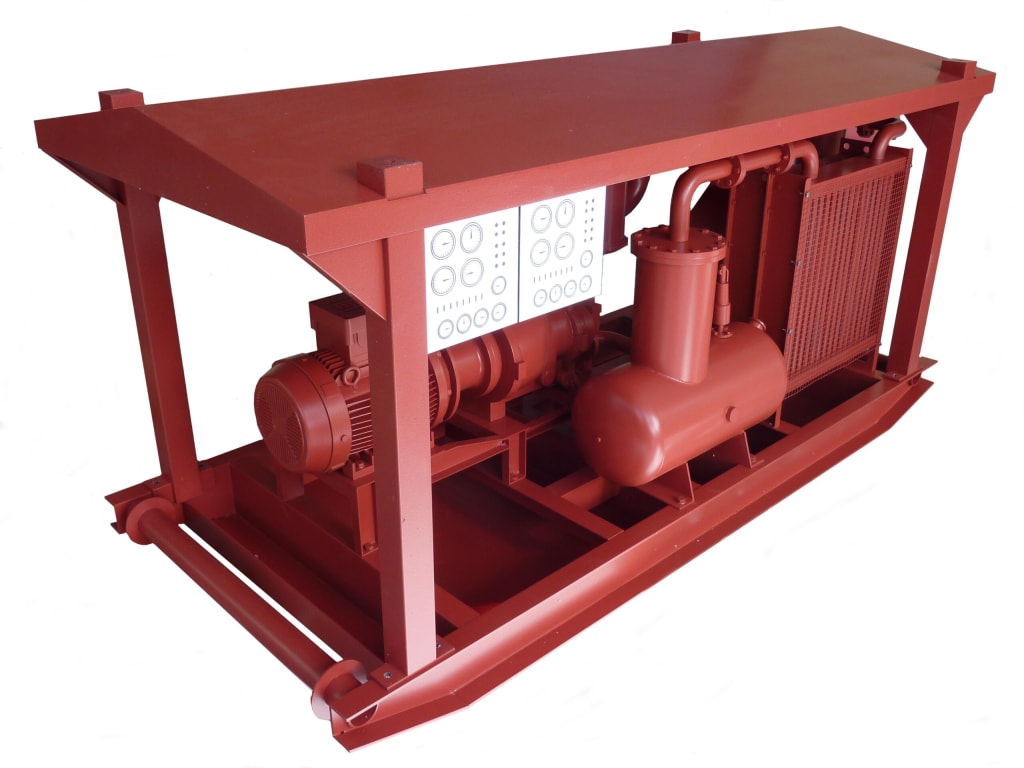Engineering Model Making: A Comprehensive Guide
Shree Creators

Engineering model making is an intricate process that transforms theoretical designs into tangible representations. This practice is essential for visualizing complex structures, testing design concepts, and presenting projects to stakeholders. This guide delves into the full process of engineering model making, providing detailed insights into each phase.
Understanding the Importance of Model Making
Engineering model making serves multiple purposes in various fields such as architecture, civil engineering, and mechanical engineering. Models help in:
Visualizing Designs: They provide a 3D representation of concepts.
Identifying Flaws: Early detection of design flaws can save time and resources.
Stakeholder Communication: Models are effective tools for presentations and discussions.
Types of Engineering Models
There are several types of engineering models, each serving different purposes:
Conceptual Models
These are preliminary models used to visualize ideas and concepts. They are often simple and focus on the overall design rather than detailed accuracy.
Presentation Models
These are detailed and polished models used for presentations to clients, investors, or stakeholders. They are often created using high-quality materials and exhibit a high level of detail.
Functional Models
These models are built to test specific functions or mechanisms. They are used to ensure that certain parts of the design work as intended.
Scale Models
These are scaled-down versions of the final design. They are particularly useful in fields like architecture and civil engineering to study the feasibility and aesthetics of a project.
Materials Used in Model Making
The choice of materials is crucial in model making, as it affects the model’s durability, appearance, and functionality. Common materials include:
Foam Board
Foam board is lightweight, easy to cut, and ideal for creating quick and simple models.
Plastic
Plastics like acrylic and polystyrene are used for their durability and smooth finish, suitable for detailed and presentation models.
Wood
Balsa wood and basswood are popular choices due to their ease of handling and natural finish. They are commonly used in architectural models.
Metal
Metals such as aluminum and brass are used in models that require strength and precision, often seen in mechanical engineering models.
3D Printing Materials
With advancements in technology, 3D printing materials like PLA and ABS plastics have become popular for creating highly detailed and intricate models.
Tools and Equipment
Effective model making requires a range of tools and equipment:
Cutting Tools
Craft Knives: Essential for precise cutting of materials.
Laser Cutters: Used for intricate and detailed cuts, especially in plastics and wood.
Saw Blades: For cutting thicker materials like wood and metal.
Adhesives
Super Glue: Provides a strong and quick bond for most materials.
Epoxy Resin: Used for strong, durable bonds, particularly in metal and plastic models.
Hot Glue: Ideal for quick, temporary fixes.
Finishing Tools
Sandpaper: For smoothing edges and surfaces.
Paints and Brushes: For adding color and detail to models.
Polishing Tools: To give a polished finish to metal and plastic surfaces.
Step-by-Step Model Making Process
1. Conceptualization and Design
The process begins with a clear understanding of the project requirements. This involves:
Brainstorming Sessions: To gather ideas and concepts.
Sketching: Creating preliminary sketches to visualize ideas.
3D Modeling Software: Tools like AutoCAD or SketchUp for detailed designs and blueprints.
2. Material Selection
Choosing the right materials based on the type and purpose of the model is crucial. Factors to consider include:
Durability: How long the model needs to last.
Detail Level: The amount of detail required.
Budget: Cost of materials and overall project budget.
3. Cutting and Shaping
This phase involves cutting and shaping the materials according to the design specifications. Precision is key, and tools like laser cutters or CNC machines can enhance accuracy.
4. Assembly
Assembling the model involves:
Joining Techniques: Using appropriate adhesives or fasteners.
Structural Integrity: Ensuring the model is sturdy and can withstand handling.
5. Detailing
Adding details enhances the realism and accuracy of the model. This includes:
Painting and Texturing: To add colors and textures that mimic real-life materials.
Adding Miniatures: Elements like tiny figures, vehicles, or trees in architectural models.
6. Finishing Touches
The final touches bring the model to life. This involves:
Polishing: To give a clean and professional look.
Quality Check: Ensuring all parts are securely attached and the model meets the design specifications.
Advanced Techniques in Model Making
3D Printing
3D printing has revolutionized model making by allowing the creation of highly detailed and complex parts. Benefits include:
Precision: High accuracy and detail.
Customization: Easy to modify designs.
Efficiency: Faster production times.
Laser Cutting
Laser cutting provides precision and detail that traditional cutting methods can’t achieve. It’s especially useful for intricate designs and patterns.
CNC Machining
CNC machines can cut and shape materials with high precision. They are ideal for creating complex mechanical models.
Challenges in Model Making
Model making is not without its challenges, which include:
Accuracy
Achieving precise measurements and cuts is critical. Even small errors can affect the overall appearance and functionality of the model.
Material Limitations
Some materials may not be suitable for certain designs or functions, requiring careful selection and sometimes innovative solutions.
Time and Cost
Model making can be time-consuming and costly, particularly for large and detailed models. Efficient planning and resource management are essential.
Future of Model Making
The future of model making is being shaped by technological advancements. Innovations such as:
Virtual Reality (VR)
VR allows for immersive visualization of models before they are built, enhancing the design and review process.
Augmented Reality (AR)
AR can overlay digital models onto real-world environments, providing a new way to interact with and present designs.
Artificial Intelligence (AI)
AI can assist in optimizing designs and automating parts of the model-making process, increasing efficiency and precision.
In conclusion, engineering model making is a vital part of the design and development process. By understanding the materials, tools, and techniques involved, one can create detailed, accurate, and impressive models that effectively communicate design concepts and facilitate project success.
Shree Creators is a premier engineering model makers company based in Mumbai, specializing in creating detailed and precise models for architectural, civil, and mechanical engineering projects. Our expert team combines cutting-edge technology with artisanal craftsmanship to bring your designs to life, ensuring accuracy, quality, and aesthetic appeal in every model we create. Trust Shree Creators to transform your visions into tangible representations that impress and inspire.
About the Creator
Shree Creators
Shree Creators Model Making Company offers a wide range of model making services, including architectural model making, industrial model making, marine model making, and engineering model making.
Enjoyed the story? Support the Creator.
Subscribe for free to receive all their stories in your feed. You could also pledge your support or give them a one-off tip, letting them know you appreciate their work.






Comments
There are no comments for this story
Be the first to respond and start the conversation.